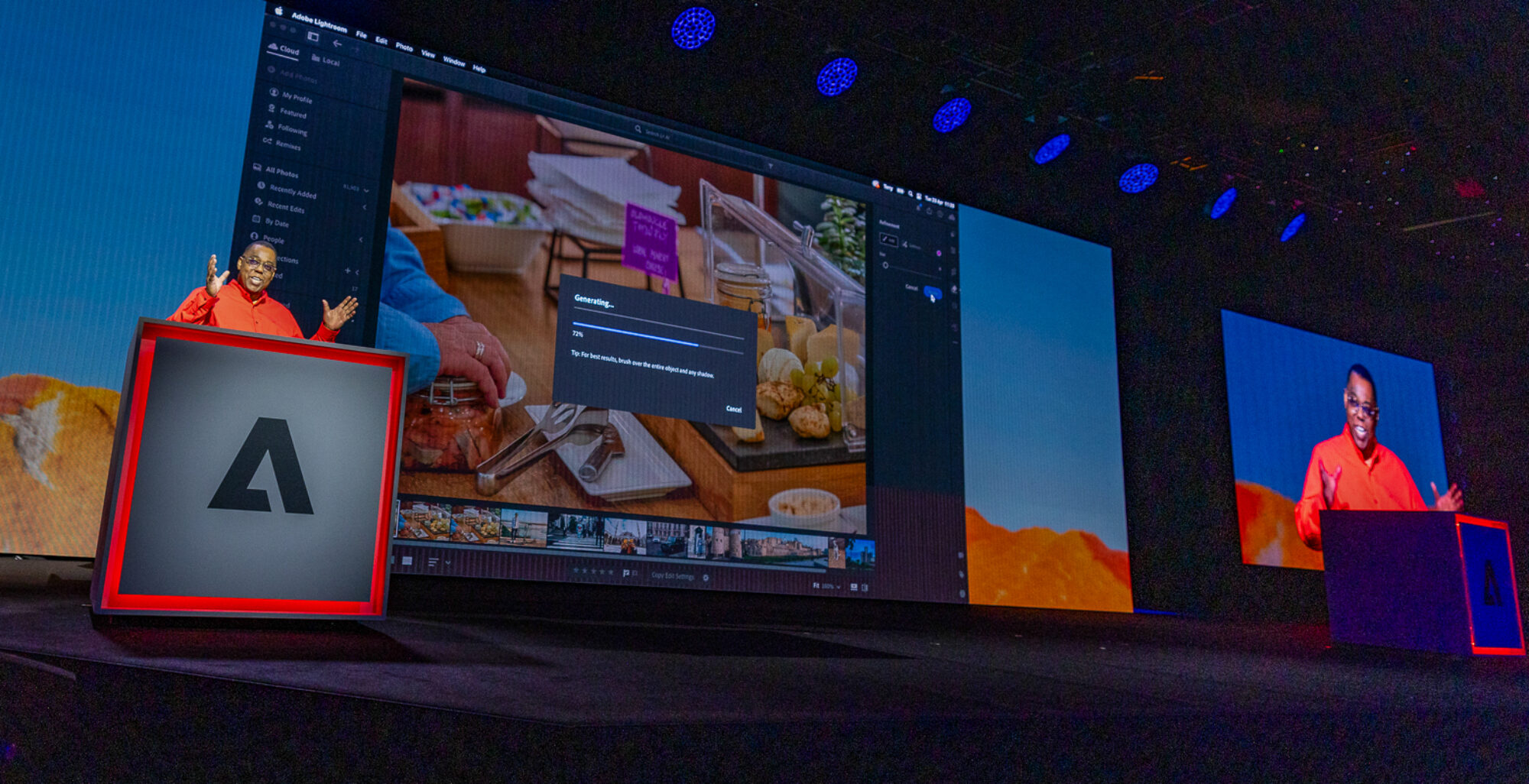Reveal Hidden Treasures in the Industry with the Best tech blog Referrals
Reveal Hidden Treasures in the Industry with the Best tech blog Referrals
Blog Article
Comprehending the Increase of Edge Computer in Today's Digital World
In the rapidly advancing landscape of innovation, edge computing becomes a pivotal pressure, improving how information is refined and made use of. This paradigm change is driven by the spreading of IoT gadgets and an intensifying need for rapid data handling. By transitioning information management closer to the resource, side computing addresses crucial latency issues while maximizing data transfer usage and improving safety procedures. As industries pivot in the direction of smarter, a lot more effective systems, comprehending the nuances and effects of this technological innovation becomes important. What does this mean for future innovations and the electronic environment as a whole?
What Is Side Computer
Edge computer, although a fairly current advancement in the realm of technology, fundamentally transforms exactly how data is processed and managed by bringing calculation and data storage space closer to the location where it is needed. Unlike standard cloud computing models, which frequently rely upon central information centers that can be geographically remote, side computing decentralizes data handling. This closeness lowers latency, improves real-time data handling, and boosts the overall individual experience by making certain faster feedback times.
At its core, side computer entails a network of local gadgets and infrastructure, such as sensors, routers, and entrances, efficient in refining data at or near the resource. This localized handling ability is especially essential for applications requiring instant data evaluation, such as independent lorries, commercial automation, and wise cities. Furthermore, by offloading data handling tasks from main web servers, edge computing decreases bandwidth demands and improves information personal privacy and security, as delicate information can stay on-site as opposed to going across comprehensive networks.

Trick Motorists of Adoption
Several aspects are driving the adoption of side computing in today's digital landscape. One of the key chauffeurs is the rapid increase in linked tools, commonly referred to as the Web of Points (IoT) This rise produces substantial amounts of data that need to be refined swiftly and effectively. Side computing addresses this demand by making it possible for information handling closer to the information source, minimizing latency and boosting real-time decision-making capabilities.
One more substantial motorist is the need for enhanced data transfer efficiency. Central cloud systems can end up being overwhelmed with the sheer volume of data produced by IoT tools, bring about traffic jams (Best tech blog). By refining information at the side, organizations can ease network blockage and boost general system efficiency
Moreover, safety and personal privacy problems are pressing organizations towards side computing. By refining delicate data in your area, companies can minimize threats related to information transmission and direct exposure to prospective cyber threats.
The rise of applications calling for real-time handling, such as autonomous vehicles and boosted reality, also demands the rapid feedback times that border calculating provides. more tips here Collectively, these motorists are making side computing an important component of modern-day IT infrastructure, leading the way for its extensive adoption across numerous markets.
Benefits Over Cloud Computing
How does side computing distinguish itself from standard cloud computing? Largely, side computer brings information processing closer to the source of information generation, usually on nearby servers or local gadgets, rather than depending on central information centers. This distance significantly lowers latency, enabling real-time information handling and decision-making. For industries where milliseconds matter, such as autonomous cars or industrial automation, the reduced latency supplied by edge computing can be important.
Moreover, edge computer boosts data transfer performance (Best tech blog). By refining data in your area, only the required data is transmitted to the cloud for further analysis or storage, decreasing the volume of data that passes through the network. This not basics only alleviates network congestion however also lowers information transmission prices
Side computing also provides improved information personal privacy and safety. Sensitive data can be refined in your area without being sent to the cloud, minimizing the exposure to possible cyber hazards. This is specifically beneficial for markets taking care of personal info, such as health care and economic solutions.
Additionally, side computing guarantees greater durability and reliability. Regional processing permits continued operation also when connection to the cloud is jeopardized, maintaining essential features and solutions despite potential network disruptions. These benefits jointly show edge computer's transformative capacity in optimizing performance and safety in digital environments.
Factors To Consider and challenges
While side computer supplies numerous advantages, it additionally presents one-of-a-kind obstacles and considerations that should be dealt with to fully recognize its possibility. Furthermore, handling and monitoring a decentralized network of side tools can be complex, needing advanced tools and methods to make sure smooth operation and maintenance. Best tech blog.
An additional consideration is the scalability of edge computer remedies. As the variety of connected devices grows, so does the demand for refining power at the side, which can cause source restrictions. Organizations should carefully plan their infrastructure to fit this development without jeopardizing performance or efficiency.
Interoperability is an additional important aspect. With different hardware and software program elements involved, guaranteeing compatibility and smooth combination can be tough. Standardization initiatives are necessary to assist in communication between inconsonant systems.
Future Fads in Side Computing
Expecting the future, side computer is poised to reinvent numerous industries by enabling faster data processing and reducing latency. As the volume of information produced by IoT tools proceeds to grow, side computing will come to be progressively crucial in handling this influx efficiently. One substantial trend is the assimilation of synthetic knowledge at the edge, permitting real-time analytics and decision-making without depending on cloud-based resources. This shift is prepared for to enhance applications in self-governing cars, smart cities, and healthcare, where immediate data processing is vital.
An additional arising trend is the advancement of edge-native applications created particularly to leverage the distinct capabilities of edge computing. These applications will certainly maximize efficiency and source use, resulting in raised efficiency throughout numerous markets. Advancements in 5G modern technology will better bolster side computer by giving the needed framework for high-speed, low-latency communication in between gadgets and edge nodes.
Final Thought
Edge computer's rise is driven by the proliferation of IoT devices and the need for real-time straight from the source information handling, which enhances performance by decreasing latency and decentralizing information administration. This approach alleviates transmission capacity ineffectiveness and security problems, facilitating improvements in applications like wise cities and autonomous lorries. Regardless of obstacles such as facilities complexity and integration, the future of side computer assures an extra responsive digital environment, with proceeded technologies forming its development and expanding its applicability throughout markets.
Edge computer, although a relatively current advancement in the world of technology, basically transforms just how data is refined and managed by bringing calculation and data storage closer to the place where it is needed. Unlike traditional cloud computer models, which frequently count on central information facilities that can be geographically distant, side computing decentralizes data handling. Furthermore, by unloading information handling tasks from main servers, edge computing lowers bandwidth requirements and boosts information personal privacy and security, as sensitive information can continue to be on-site instead than going across extensive networks.

Report this page